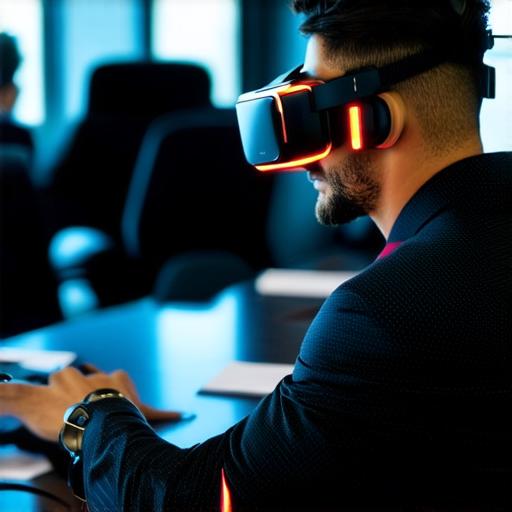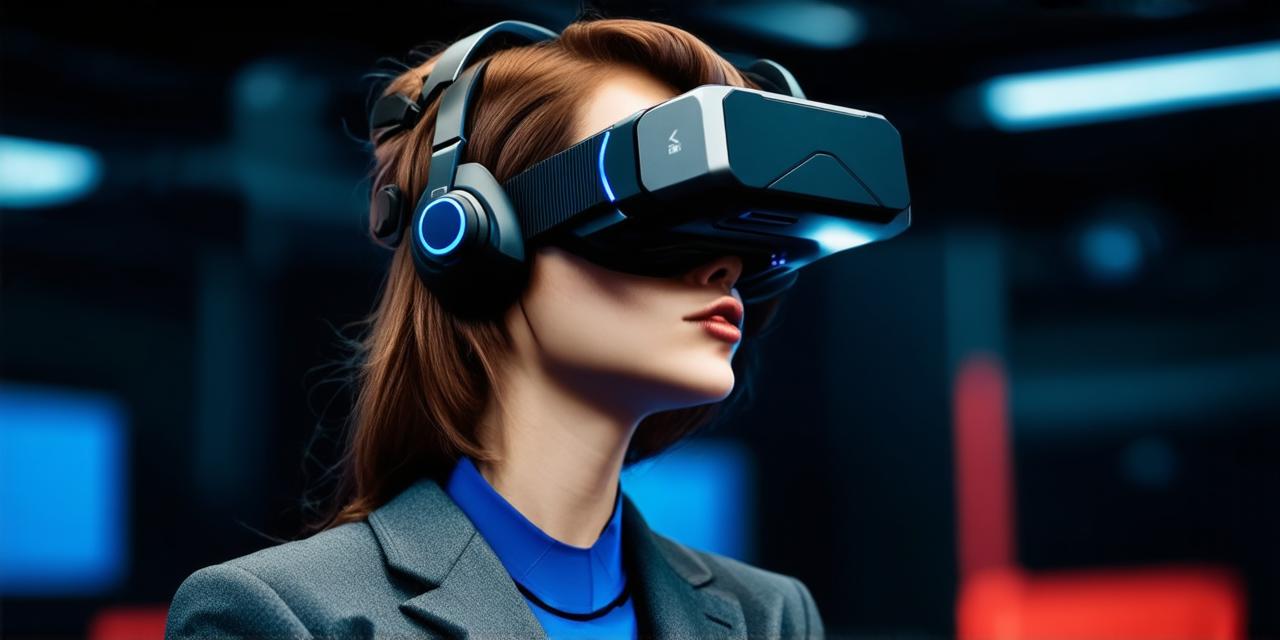Virtual reality technology has evolved significantly in recent years, with high-end business-focused VR headsets becoming increasingly popular. These headsets offer advanced features and capabilities that are tailored to meet the specific needs of businesses across a range of industries.
Real Estate and Construction
One of the earliest adopters of VR technology in business was the real estate and construction industry. High-end VR headsets provide architects, builders, and property developers with a powerful tool for visualizing and interacting with their designs in a highly immersive environment.
This allows them to make more informed decisions about building layout, materials, and finishes, as well as to identify potential issues early on in the design process.
Furthermore, VR technology can also be used to create virtual walkthroughs of properties that are still under construction, allowing potential buyers and renters to get a feel for the space before making a purchase or rental agreement. This not only saves time and money, but it also provides a more engaging and interactive experience for prospective clients.
Manufacturing and Engineering
The manufacturing and engineering sectors are another area where high-end business-focused VR headsets have found widespread adoption. These industries rely heavily on complex designs and precise measurements, which can be challenging to visualize and manipulate in traditional 2D environments.
With VR, however, engineers and manufacturers can create highly detailed, three-dimensional models that can be explored and manipulated in real-time.
This allows them to identify potential design flaws or issues early on in the process, as well as to test out different materials and manufacturing techniques before committing to a final design. In addition, VR technology can also be used for training employees on complex procedures, providing a safe and controlled environment for practice and experimentation.
Medical and Healthcare
The medical and healthcare sectors are another area where high-end business-focused VR headsets have found widespread adoption. These industries rely heavily on precise measurements and visualization of complex anatomical structures, which can be challenging to achieve in traditional 2D environments.
With VR, however, doctors and surgeons can create highly detailed, three-dimensional models of the human body that can be explored and manipulated in real-time.
This allows them to make more informed decisions about patient care and treatment, as well as to identify potential issues early on in the diagnostic process. In addition, VR technology can also be used for training medical students and professionals on complex procedures, providing a safe and controlled environment for practice and experimentation.
Conclusion
In conclusion, high-end business-focused VR headsets have found widespread adoption across a range of industries, including real estate and construction, manufacturing and engineering, and medical and healthcare. These headsets offer advanced features and capabilities that are tailored to meet the specific needs of businesses in these sectors, providing a powerful tool for visualization, collaboration, and decision-making. As VR technology continues to evolve, we can expect to see even more innovative applications and uses emerge across these and other industries.

